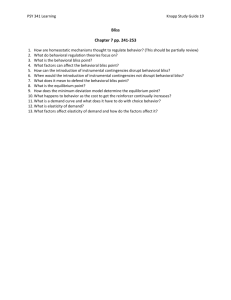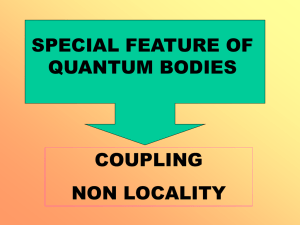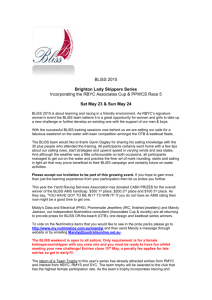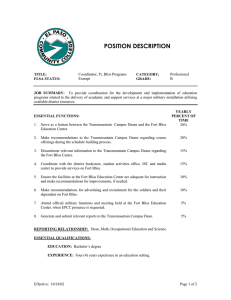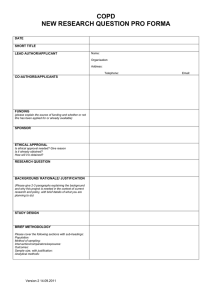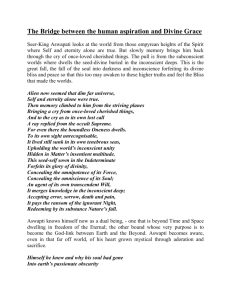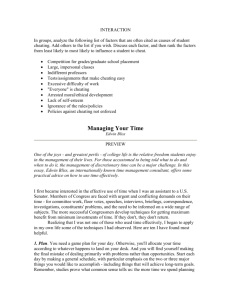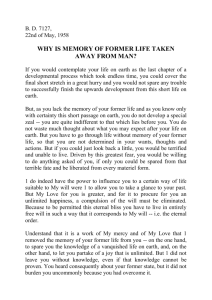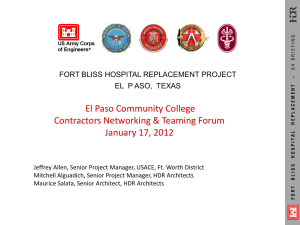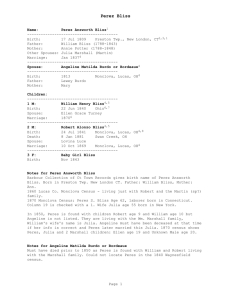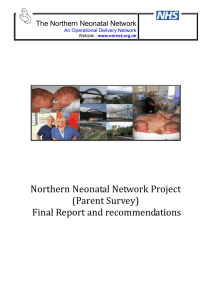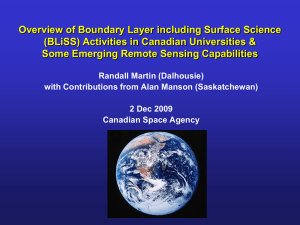Lesson_9 - Blissymbolics
advertisement
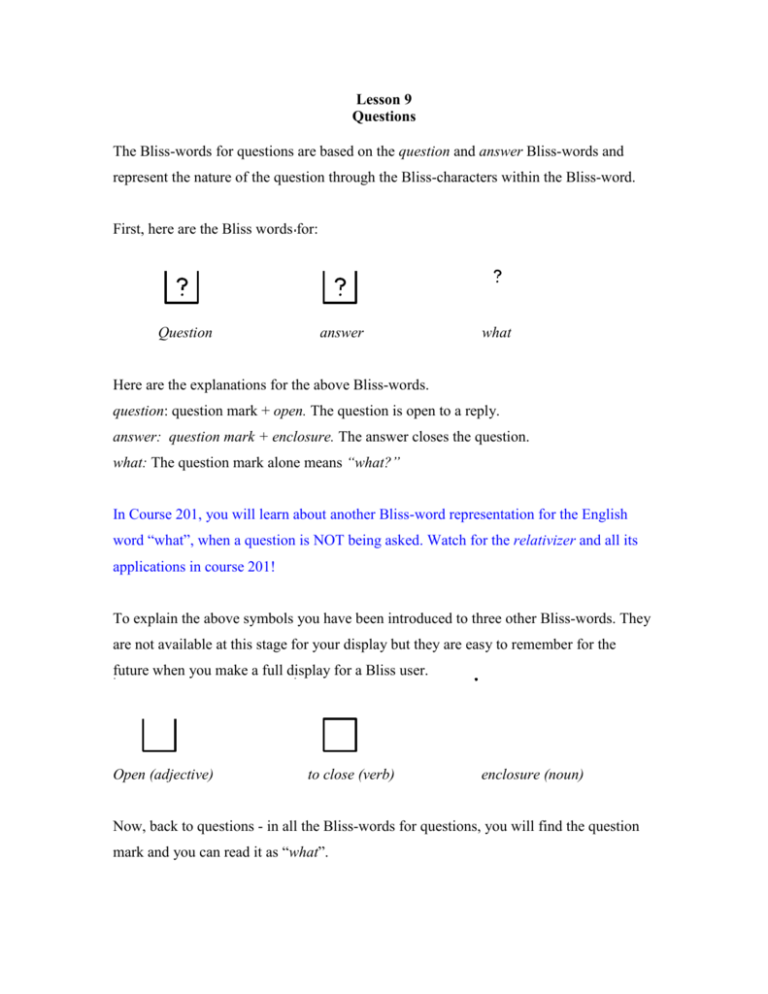
Lesson 9 Questions The Bliss-words for questions are based on the question and answer Bliss-words and represent the nature of the question through the Bliss-characters within the Bliss-word. First, here are the Bliss words for: Question answer what Here are the explanations for the above Bliss-words. question: question mark + open. The question is open to a reply. answer: question mark + enclosure. The answer closes the question. what: The question mark alone means “what?” In Course 201, you will learn about another Bliss-word representation for the English word “what”, when a question is NOT being asked. Watch for the relativizer and all its applications in course 201! To explain the above symbols you have been introduced to three other Bliss-words. They are not available at this stage for your display but they are easy to remember for the future when you make a full display for a Bliss user. Open (adjective) to close (verb) enclosure (noun) Now, back to questions - in all the Bliss-words for questions, you will find the question mark and you can read it as “what”. When: What time? Where: What place? (the earth line is used to denote location) Which: what part? Who: What person? Why: What cause or reason? How: What action (brought this result about)? In conversation, when asking a question, the question word comes at the beginning of the sentence when it is a “what” or “how” question. This is what we expect in English. When it is an “open-ended” question, the question Bliss-word comes at the beginning of the sentence. This is shown in the following example Who is that woman? 2 3 Do you see her? When you are asking an “open question”, such as, 2 “Are you coming today?”, you begin with the question Bliss-word. You then follow English order for communication by Bliss-users who are nonspeaking. Note: For international communication, C.K. Bliss recommended following Bliss syntax, which is found in Resource 21. This would result in a different word ordering and the removal of one Bliss-word from the example above. For this course, however, we are focusing on the use of Blissymbolics by persons who are nonspeaking, and the above example is offered as the model for your assignments. The question mark placed at the end of each question sentence is punctuation for the sentence, not the Bliss-word, what. It’s now time for the Lesson 9 Quiz. Enjoy!
